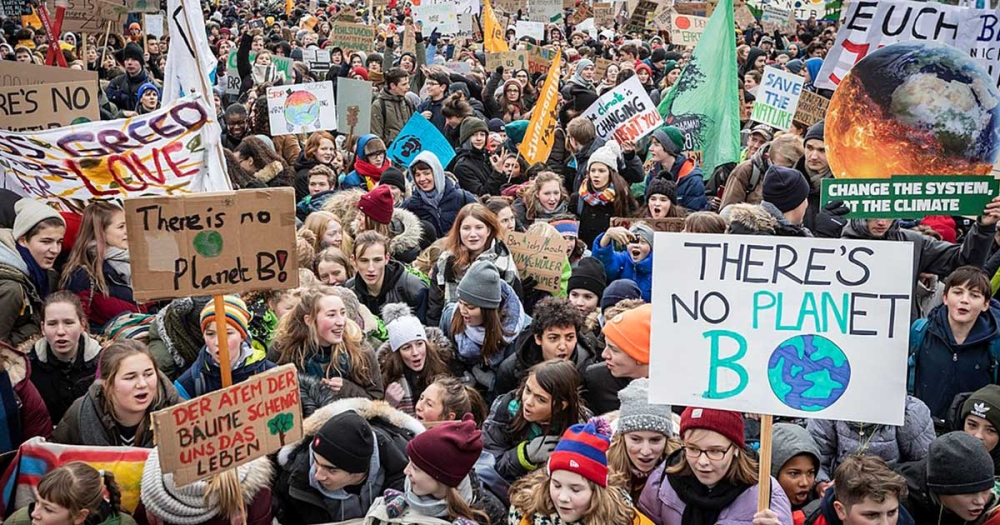There may still be hope for the survival of the internal combustion engine – but only if they are to run on either hydrogen or synthetic fuels. Together with petroleum and natural gas-based fossil fuels, renewable bioethanol, biomethanol and biodiesel have also been dropped from the palette of combustibles earmarked for survival, meaning that options have narrowed considerably.
Having already been produced in Germany over a hundred years ago, synthetic fuels are no new invention; however, the term has only really become widespread in the past year.
Porsche, a big name also in the world of synthetic fuels, is confident that it will be able to build a synthetic fuels plant in partnership with Siemens, energy companies ENEL and AME, and the oil company ENAP.
What are synthetic fuels?
While petrol and diesel are produced by the industrial refining of crude oil, their basic chemical structure is that of hydrocarbons, i.e. their main components are hydrogen and carbon. Hydrocarbons can be produced using hydrogen extracted from water and carbon from the air. Although the process requires a lot of energy, this can be produced from renewable sources such as wind or solar power. Because the process involves removing carbon from the atmosphere, it helps offset emissions that actually burn the fuel (although the problem of local air pollution remains).
European Union member states’ competent ministers and the European Parliament have agreed to a proposal to allow only zero-emission vehicles, i.e. cars producing no carbon dioxide emissions, to be put on the EU market after 2035. However, the compromise solution adopted leaves room for the development of internal combustion engines after that date. It states that, in order to preserve the principle of technological neutrality, it will be necessary to assess how far the technology for producing synthetic fuels has developed and whether there is a justification for allowing new vehicles with internal combustion engines to be sold in the EU after 2035.
This phrasing is an open loophole which can be interpreted as an escape route for European car manufacturers from the collapse of the traditional car industry. According to a recent PwC study, the EU will go from being an export powerhouse to an importer within three years, making the European car industry globally insignificant compared to production in the Far East despite producing the best cars. While the EU sold 1.7 million more cars net in 2015, PwC estimates that by 2025, 221,000 more cars will be imported, mainly from China, where cheap raw materials, labor and energy needed to make electric vehicles are available locally.
It is a basic tenet of economics that the bulk of the benefits of producing a high value-added product accrue not to the developing countries that export raw materials but to developed countries producing and marketing the final product – in this case, an electric car – and have the technology to produce the end product. This is what makes Japan the world’s third largest economy despite its lack of raw materials. Now, however, it seems that this reality is being disrupted in the case of car manufacturing, solar cell technology and battery production. China is a world leader in the production of photovoltaic panels and inverters, and start-ups developing electric cars have been springing up thanks to an incentive scheme introduced in 2013. By 2016, China accounted for 40 percent of global electric car sales, with a number of models on their way to conquering the European market. However, it is not only through new brands that Chinese companies are establishing their presence; the Chinese automotive holding Geely purchased Volvo in 2010 and Lotus in 2017. European corporations are unable to match China’s concentration of low-cost energy, labor, raw materials and knowledge. Without intervention, this could spell the end of the European automotive industry.
Could synthetic fuels be an alternative to batteries and hydrogen cells?
A full switch to battery-powered cars in Europe would mean that current infrastructure (petrol stations, electric charging stations, parking lots, etc.) would have to be completely redesigned. Synthetic fuels, on the other hand, are a substitute for the current petroleum-based combustibles, meaning that existing cars can use them without modification. In addition, the technology makes it possible to store energy, for example, in ethanol instead of the battery of an electric car. From this, an optimized Otto engine and a generator produce electricity to power the vehicle.
Finding an alternative to the current battery technology would be a major challenge for the European economy, which requires the import of not only hydrocarbons but also the necessary metals. Nearly 50 percent of cobalt reserves are in the Democratic Republic of the Congo, 58 percent of lithium reserves are in Chile, 80 percent of natural graphite is found in China, Brazil and Turkey, while 75 percent of manganese reserves are concentrated in Australia, Brazil, South Africa and Ukraine.
The first step in synthetic fuel production is to extract the gas from the air or flue gas using a carbon dioxide trap. This forms a sponge-like substance from which carbon dioxide is released again when heated to 95 degrees Celsius. Hydrogen, another important component of the hydrocarbon chain, is produced by electrolysis using water, thermal energy and direct current. The resulting hydrogen gas is suitable for energy storage on its own, but methanol can be produced by reacting it with carbon dioxide in the presence of a catalyst, and the Fischer-Tropsch process can be used to produce methane instead of methanol from the synthesis gas. This can be cracked to condense synthetically produced petrol, diesel, kerosene and other oils.
As early as 2020, Porsche announced plans to produce artificial petrol by converting carbon dioxide in the atmosphere into hydrocarbons that, when burned, will not pollute the climate. In addition, the synthetic fuel would contain fewer pollutants; being a simpler substance, it would contain only 8-10 compounds instead of 30-40 in petrol and would therefore burn cleaner.
The biggest problem with this technology is that it requires more energy to extract carbon dioxide and decarbonize and chemically process water than the energy in the synthetic fuel will ultimately contain, which calls its economic sustainability into question. In addition, the cleanest combustion is achieved with hydrogen, followed by methanol and methane. The increase in the carbon chain is associated with the release of toxic volatile organic compounds (VOCs) and polycyclic aromatic hydrocarbons (PAHs) and soot in exhaust fuels in the case of diesel, meaning that city air would not be cleaner.
Porsche is at the forefront of the internal combustion engine transition, with its management aiming to market a petrol version of its legendary 911 model after 2035. Another major player is Mazda, which does not want to let go of the petrol version of its MX-5. Among suppliers, the project garners the greatest support from Bosch, while ExxonMobil, Siemens Energy and Enel are its leading backers among energy companies. Aral, BP’s German subsidiary, recently announced the development of Futura, a fuel containing 30 percent synthetic ingredients, which the company claims will save 25 percent of carbon dioxide. While the pledge sounds appealing, the oil company is unlikely to use carbon dioxide extracted from the air as a source of carbon for the time being.
Electric cars undoubtedly have their environmental benefits. On its own, electric transport does not create air or noise pollution, making our cities and towns cleaner, healthier and quieter.
However, the overall ecological footprint of an electric car is significantly larger than that of a modern petrol-powered vehicle of the same performance.
Electric cars require twice as much energy and four times as much water to produce, not to mention the pollution and landscape destruction caused by lithium and cobalt mining or electricity generated by fossil fuel-fired power plants.
From an environmental and climate protection perspective, the truly optimal solution would be to combine the advantages of electric and combustion-engine driven cars; however, this is not technically feasible. One thing is certain: as seen from the above, we do not yet have enough knowledge of alternative propulsion systems to decide the debate in favor of one or the other. And it is far too early to ban either of them by administrative means.




